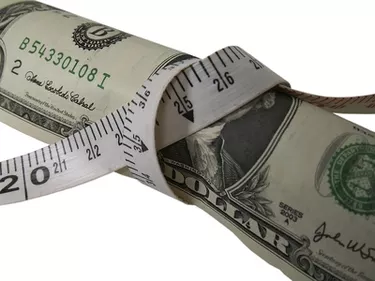
Relative interest rates are directly related to a nation's real interest rate and can drastically affect the direction and stability of a nation's economy.
Explanation
Video of the Day
The relative interest rate is not a real number. It is a prediction or guess used by buyers and sellers in the international market place. In the United States, the real interest rate is the current rate of interest mandated by the Federal Reserve. The relative interest rate then is an expression of whether the real interest rate will positively or negatively affect the economy and the value of currency within a given country.
Video of the Day
Currency Trading
Relative interest rates are of the utmost importance for individuals wishing to trade currency in the international market place. A person wishing to purchase foreign currency will do so only if reasonably assured of profit through resale. If the relative interest rate is high for a form of currency, consumers are likely to purchase this currency because they will be able to resell the currency with a higher interest rate attached in the future.
Investment
When a country chooses to raise it's real interest rate, increases in the relative interest rate can also be expected due to increased stability and investment. Stability occurs because consumers are discouraged from making risky investments with a high interest rate attached. On the other hand, investment occurs because currency traders are more willing to purchase currency.